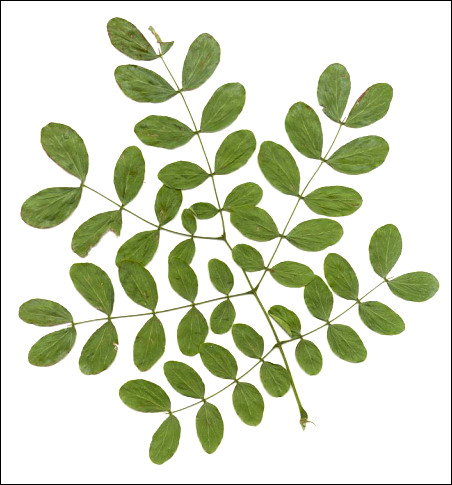

Identifying plants often is no easy task. Oh sure, everyone can tell you if it's an oak or a pine (well, almost everyone). But what kind of oak, what kind of pine? To get things down to species, a vast jungle of terms has grown. Is a leaf margin entire, finely toothed, toothed, double-toothed, wavy margined, or deeply lobed? Is the leaf tip notched, broad and notched, long-pointed, tapering, or rounded? Is the base of the leaf blade asymmetrical, heart-shaped, squared, rounded, or narrow?
Now you might ask, "Who cares?" But if you need to identify
plants, you care, because without knowing what these terms mean, you have little chance
of correctly determining the species of many plants. Identification usually is by way
of keys: of alternate characteristics that lead to further alternatives. Mistake one
feature for another, and you end up with egg on your face. Of course, leaves are not
the only structures considered. There are flowers, stem types, and lots more. If you
were addicted to puns, you might say the variety is beyond be-leaf!

Listen to the Audio (mp3 format) as recorded by KTEP, Public Radio for the Southwest.
Contributor: Arthur H. Harris, Laboratory for Environmental Biology, Centennial Museum, University of Texas at El Paso.
Desert Diary is a joint production of the Centennial Museum and KTEP National Public Radio at the University of Texas at El Paso.

A single leaf of the Golden-ball Lead Tree. The ancestral leaf blade has been divided and then each division divided again during its evolution.